|
|
ADDRESS AT THE GOLDEN JUBILEE CELEBRATIONS OF JADAVPUR UNIVERSITY, KOLKATA
13-07-2005 : Kolkata
Enriching Society through Education
I am indeed delighted to be in this Jadavpur University campus for participating in the Golden Jubilee Celebrations. I take this opportunity to congratulate all the teachers, students and staff of this University and all those who have contributed in promoting excellence in educational standards of this University during last five decades. The University indeed has created many eminent teachers, professors, scientists, economists and many persons of excellence. I also recall how Jadavpur University contributing to the satellite launch vehicle programme of ISRO and LCA programme of DRDO. Today I would like to share with you the thoughts on "Enriching the Society through Education".
Research and Teaching
Any University is judged by the level and extent of the research work it accomplishes. This sets in a regenerative cycle of excellence. Experience of research leads to quality teaching and quality teaching imparted to the young in turn enriches the research. Research brings transformation and development and also enhances the quality of education. Both the research and teaching are being carried out in the best traditions of Jadavpur University. Let me share with this important gathering on the two phase progress of science and technology in India.
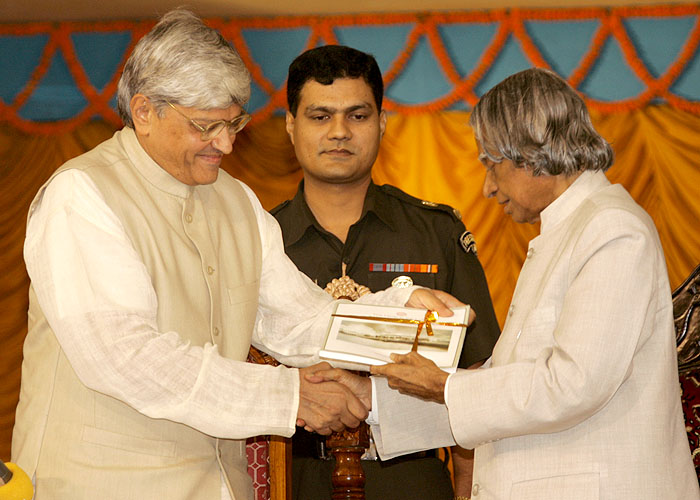

Scientific Scene in Pre-independent India
In India, science and technology took a two-phase progress with the momentum created in 1930s, by the great scientists of international repute. They gave the country the confidence. We remember the pioneering contributions to science made by Chandrasekhar Subramaniam for his Chandrasekhar limit and black hole, Sir CV Raman for his discovery of the "Raman effect?, Srinivasa Ramanujan for his contributions towards number theory, JC Bose in the area of microwaves, S.N. Bose, famous for Bose-Einstein statistics and Meghnad Saha for "Thermo-Ionization Equation". This phase, I consider the glorious phase of Indian science. The scientific foundation laid by them triggered the later generations. The unique similarities of all these scientists are the one that they had dedicated their entire life for the cause of scientific research and the spirit of inquiry for the fields that they have chosen amidst all the hurdles and problems in their life. Science always gives life time missions to the scientists, and then only success comes. It is a question of dedication, commitment and understanding and also the environment for research in science, which gives birth to the scientists for the nation. They inspired many later generation scientists including GN Ramachandran, the originator of triple-helix.
Let me now discuss on how India had built the S&T base and drew the road map leading to national development using science and technologies particularly in the field of defence, space and atomic energy in the post independent era. The science and technology had also fed critical inputs to reaching self-sufficiency in food through the Green Revolution and milk production through the White revolution.

The post-independence phase of Indian science and technology
All of you know, in history, any country revolves itself initially around a few stout and earnest knowledge giants. Particularly I took interest to study the lives of three scientists, as I was interested in their scientific technological leadership qualities that focused the relationship of S&T and development of the nation. In the history of India, there may be many but I was very close to these three great personalities for one reason or the other. They are founders of three great institutions. I worked in two of the institutions directly and one in partnership. Dr DS Kothari, a Professor in Delhi University was an outstanding Physicist and also an Astrophysicist. He is well known for ionization of matter by pressure in cold compact objects like planets. This theory is complementary to thermal ionization work done by Dr Meghnad Saha his guru. Dr DS Kothari set a scientific tradition in Indian defence tasks when he became Scientific Adviser to Defence Minister in 1948; He created a Board of Advisors to the Scientific Advisor consisting of Dr. H.J. Bhaba, Dr. K.S. Krishnan and Dr. S.S. Bhatnagar. Later the Board was renamed as Scientific Advisory Board with enlarged membership.
He established the Defence Science Centre to do research in electronic material, nuclear medicine and ballistic science. He is considered as the architect of defence science in India. His race continued and followed up with momentum working and contributing in the areas of strategic systems, electronic warfare systems, armaments and life sciences.
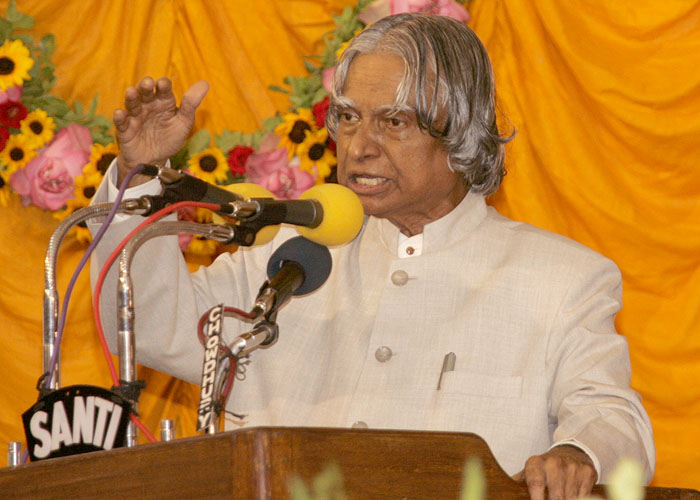

Pioneer in Indian Nuclear Science
Now, let me discuss about Homi Jehangir Bhabha . He did research in theoretical physics in Cambridge University. During 1930-1939, Homi Bhabha carried out research relating to cosmic radiation. In 1939, he joined Sir CV Raman in IISc Bangalore. Later, he was asked to start the Tata Institute of Fundamental Research with focus on nuclear science, mathematical science and established Atomic Energy Commission in 1948. Multi centers were born with his vision in nuclear science to nuclear technology, nuclear power, nuclear devices and nuclear medicine. These science institutions established multi technological centers with basic science as a vital component. I am sure our nuclear scientists and technologists will add to our country 20,000 MWe power by the year 2020 as the vision propounded by our Department of Atomic Energy.

Indian Space Visionary
Prof Vikram Sarabhai, the youngest of the three, worked with Sir CV Raman in experimental cosmic ray research. Prof Sarabhai established Physical Research Laboratory (PRL) Ahmedabad with Space research as focus. PRL was the cradle of Indian Space Programme. Prof Vikram Sarabhai unfurled the space mission for India in 1970 that we should build Satellite Launch Vehicle capability, to put our communication satellites in the geo-synchronous orbit and remote sensing satellites in the polar orbit. Also, he envisaged that launch vehicles built in India should be launched from Indian soil. This one visionary thought led to intensive research and development in multiple fields of science and space technology. Many of us had the fortune to be part of Prof. Vikram Sarabhai's vision. My team and myself participated in India's first satellite launch vehicle programme to put the satellite in the orbit. Today, India with her 20,000 scientific, technological and support staff in multiple space research centres, supported by about 300 industries and academic institutions, has the capability to build any type of satellite launch vehicle to place remote sensing, communication and meteorology satellites in different orbits and space application has become part of our daily life. Dear young friends, you have seen how visionaries of a nation bring about economic transformation and technological change. I would like you to emulate these visionaries, dream and work for transforming India into a developed nation.
Now I would like to discuss how to nurture young talent.
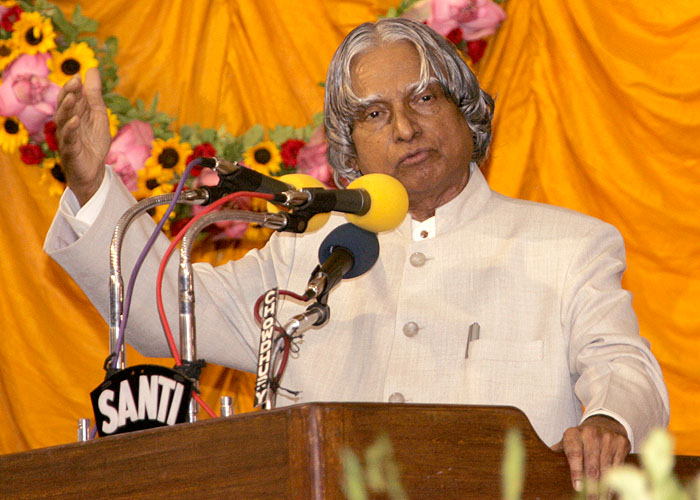

Nurturing the talent
I would like to narrate an incident during a function conferring Prof. Norman E Borlaug with Dr. M S Swaminathan award, at Vigyan Bhavan, New Delhi on the 15th of March 2005. Prof. Borlaug, a Nobel Laureate and a well known agricultural scientist, at the age of 91 was in the midst of all the praise showered on him from everybody gathered there. When his turn came, he got up and highlighted India?s advancement in the agricultural science and production and said that the political visionary Shri C. Subramaniam and Dr. M S Swaminathan were the prime architects of First Green Revolution in India. He also recalled with pride, Dr. Verghese Kurien who ushered White Revolution in India. Then the surprise came. He turned to scientists sitting in the third row, fifth row and eighth row of the audience. He identified Dr. Raja Ram, a wheat specialist, Dr S K Vasal, a maize specialist, Dr. B. R. Barwale, a seed specialist. He said, all these scientists had contributed for your green revolution. Dr. Borlaug introduced them to the audience by asking them to stand and ensured that the audience cheered and greeted the scientists with great enthusiasm. This scene I have not witnessed in our country, so far. This action of Dr. Norman Borlaug, I call it as a Scientific Magnanimity. Young friends, if you aspire to achieve great things in life, you need Scientific Magnanimity. Think about it and correspond with me. It is my experience that great mind and great heart go together. This will motivate the scientific community and nurture team spirit. Here I am reminded of Thiruvalluvar?s famous Thirukkural:
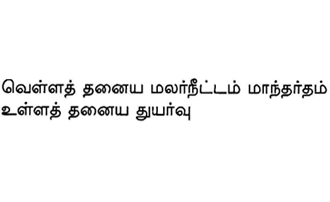
It means the right thoughts become the seeds for the great achievements.

Networking of Universities
I have seen the website of the Jadavpur University. This can become a common platform for providing connectivity among nearly seventy thousand professionals particularly the alumni of Jadavpur University working in many disciplines in different parts of the world. The website can document the case studies and special achievements of the alumni and can assist new entrants in industry and enterprises. You could also include provision for the students to ask questions about their specific problems connected with education, further studies, research and creation of an enterprise in different places in India and abroad. This will lead to automatic generation of a database of problems solving and provide quality advice to students of Jadavpur University. This website can be used for creating awareness regarding the national issues and enable the alumni to give suggestions for tackling education issues innovatively.
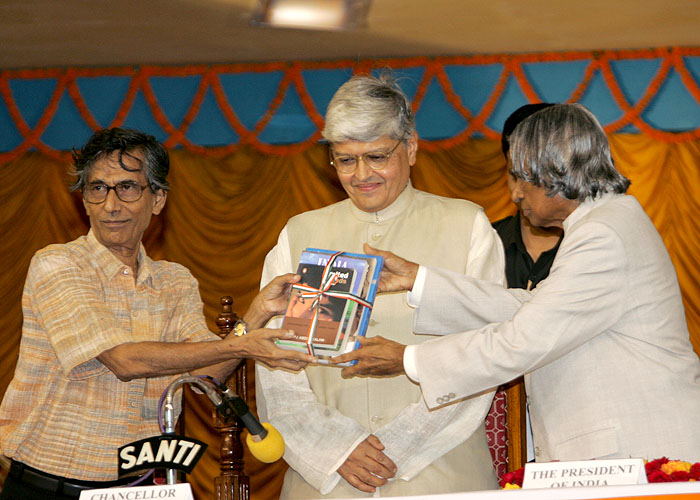

Jadavpur University - the future Nalanda
I would like to narrate the incident which took place in Nalanda, when I visited Bihar in May 2003. I have spent hours and hours in Nalanda. I saw the place, where the hundreds of scholars assembled and discoursed. I saw, how a university was vibrant in the Nalanda area in 7th and 8th century with teaching and research on theology, religion and philosophy. Classrooms, discourse rooms and monks hostels are even now visibly intact. What could have attracted the scholars from 90 countries to Nalanda long ago? This is the place where the thoughts were transmitted, discussed and integrated towards a good way of life, which people were looking for from many countries. Friends, at this critical juncture of universal turbulence and instability, arising out of mutual distrust and hatred leading to violence, time has come, for us to have an institution to attract international scholars for research and teaching. Jadavpur University definitely has all the profile to become a modern Nalanda.
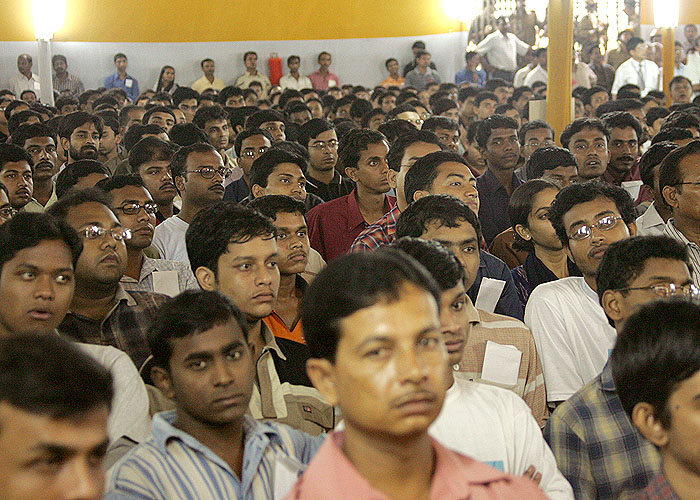

Conclusion
Every one of us has gone through the various phases of education from childhood to profession. A scene appears in front of me. When the child is empowered by the parents, at various phases of growth, the child transforms into a responsible citizen. When the teacher is empowered with knowledge and experience, good young human beings with value systems take shape. When individual or a team is empowered with technology, transformation to higher potential for achievement is assured. When the leader of any institution empowers his or her people, leaders are born who can change the nation in multiple areas. When the women are empowered, society with stability gets assured. When the political leaders of the nation empower the people through visionary policies, the prosperity of the nation is certain. Definitely Jadavpur University will give the right type of education for empowering people who have come from various walks of life.
My best wishes to all of you in your creative educational mission. May God bless you.
<<Back
|
|